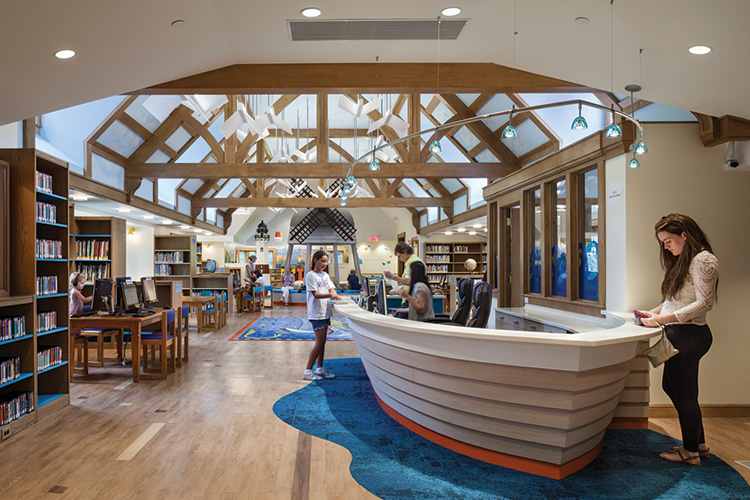In thinking about community input I have been trying to identify my stakeholders and the best ways to not only gather their feedback and act on it in meaningful ways, but also how to use their feedback to engage stakeholders and keep them excited about the library.
Students have to be the most important group to be heard from in the mission to get community input, but the difficulty may lie in getting good feedback. I never knew how many things were possible and what was going on in school libraries across the country until I took this course, so I can’t expect that students would fathom the possibilities either.. I would need some carefully worded surveys that allow students to push their thinking beyond the services and furniture that we currently have available. Beyond surveys, getting to know students and listening to them would also be a really important, if not THE most important way to get student input. In addition, our recently retired librarian kept a notebook of student suggestions called, “Please order more…..” for students to write book and genre suggestions in.
Another important group of stakeholders are the teachers and staff. If teachers are excited about the library and see that it can meaningfully support their curricula, there will be more opportunities for collaboration and students will be able to use the library as a part of their learning not solely as the place to check out books. Again, carefully worded surveys coupled with building and maintaining strong relationships and collaborations would be a good way to get that input.
Administrators are another important part of the equation. In anticipation of our vision project I have been in touch with my principal, Jaime Stone, and superintendent, Maria Libby, to make sure that I understand all of the plans (space, budget, furniture) for the library in the new middle school my district is planning for 2020. I was really excited when I got this response from my superintendent, “There is no specific vision laid out other than what you and Jaime have likely discussed. Yes, there is a vision for a maker space, either in the library or in the adjacent room. No discussion yet about furniture. Let us know your dreams when the time comes!!!” It sounds like she is on board all ready, so keeping admin in the loop providing feedback and keeping them excited will be key.
Parents are another group whose input is important. As Liz Deskins points out in “Parents, reading partners, library advocates” parents are “powerful partners” in “inspiring life-long readers”. (Deskins, 2011) Keeping parents interested and involved and soliciting their feedback will not only increase student readership but also serves as advocacy for the library program. Deskins mentions several strategies for building partnerships like, family literacy nights and family book clubs (Deskins, 2011). Those suggestions got me thinking of family maker nights.
The school board and our local public library also seem like a good places to ask for input and drum up support.
How do I plan for ongoing input? One thing that I had not heard of or considered before reading “Library advisory councils” by Natalie Teske was involving members of each department on a library advisory council (Teske,2010). I imagined myself building relationships with and surveying staff and students, but I didn’t envision a group to help make a strategic plan for the library. If done well, the library advisory council could become not only help “increase buy-in from stakeholders” it could also be a powerful advocacy tool (Teske,2010). Maybe inviting a student, a PTO member, an administrator and a board member and/or person from the public library would be a way to achieve that. Since it would be near impossible for a group like that to find dedicated meeting times, I wonder if it could be achieved through one in-person meeting (like a breakfast) per year and then continue to work in a collaborative website.
Resources
Deskins, Liz. (2011)“Parents, reading partners, library advocates”. LMC 30(3), 34-35
Teske, Natalie. (2010). Library advisory councils. LMC,28(4), 40-41







